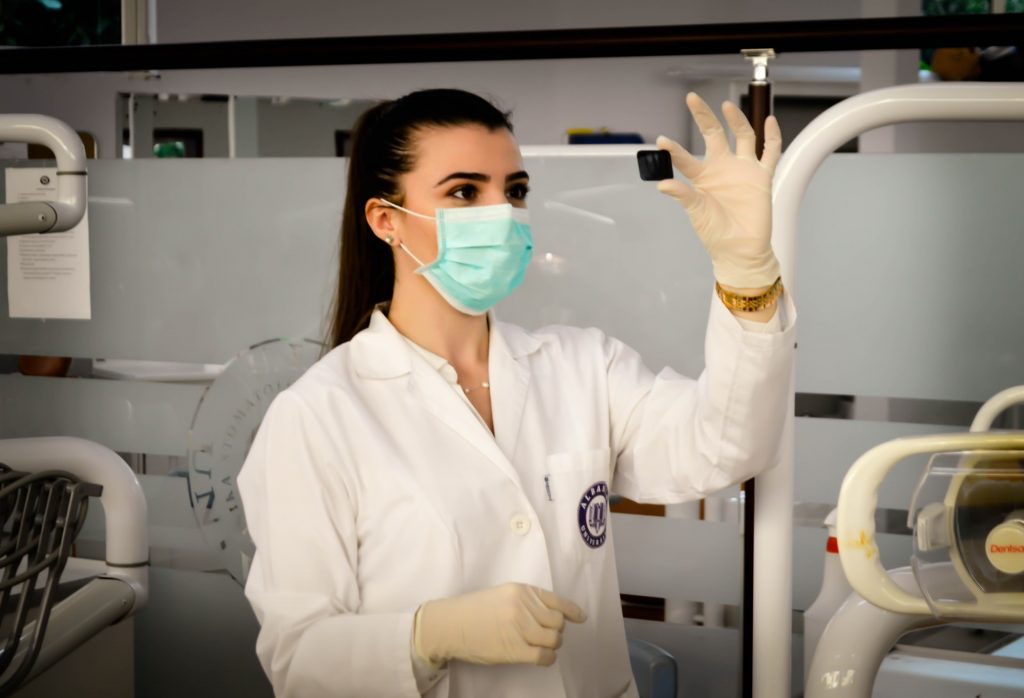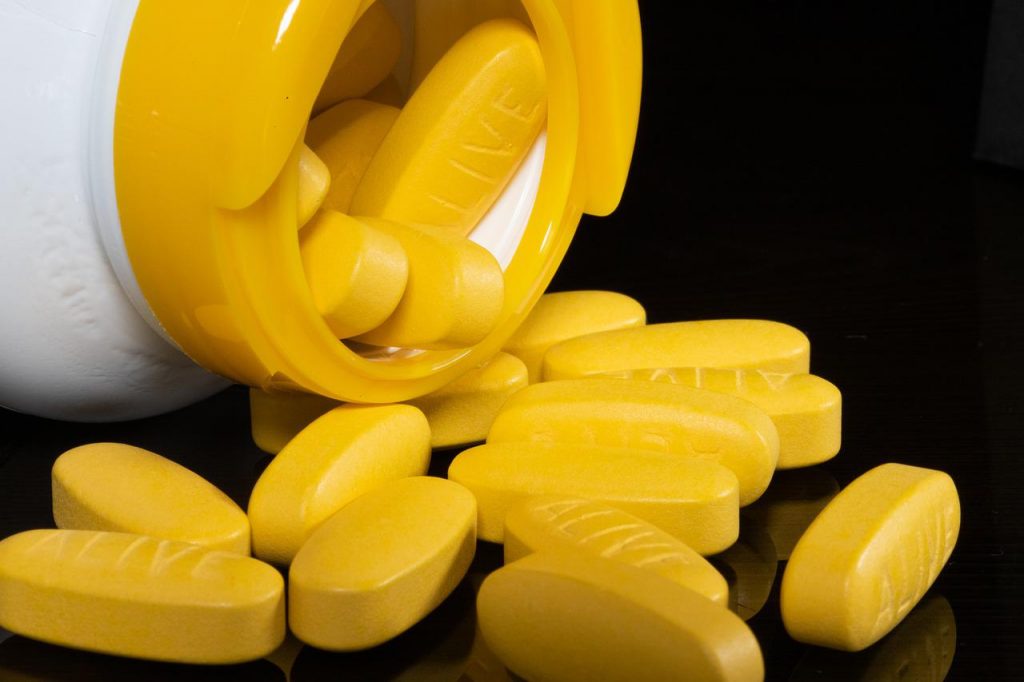
Have you recently wondered why there are so many medication adverts on television? Aside from being one of just two countries that permits direct-to-consumer prescription medicine advertising, the pharmaceutical industry is expanding! COVID-19 spending is estimated to add approximately $160 billion to the market by 2025, with an annual growth rate of nearly 12%. Despite this growth, the warehouse and storage industry’s productivity fell 7.6% last year. Much of this is due to growing pains as pharmaceutical warehouses and distribution centers struggle to increase warehouse capacity, embrace new automation technologies, improve staff safety, adhere to tight FDA and CGMP rules, and more.
Pharmaceutical Warehousing and Distribution Faces Five Challenges
Let’s look at the top five difficulties that the pharmaceutical logistics business is attempting to address.
1. Storage capacity
Many MHRA approved warehousing UK and distribution centers are created to meet the needs of the business at the time. Of course, the pharmaceutical sector is constantly evolving, and it is rapidly expanding. More than 130 million Americans take prescription medications now, accounting for around 66 percent of the population, a record high, and many of them buy them online. While some of this can be ascribed to the pandemic (CVS data shows that online prescription orders jumped 1,000% during the early stages of the epidemic), many people are unlikely to return to their old habits once the threat has passed.
Pharmaceutical warehousing firms are continually trying to grow in order to stock and store this vast amount of inventory. This can be challenging, however, because many medications have varied shelf life, distinct temperature and humidity requirements, and different handling instructions. As a result, Pharmaceutical storage facilities quickly fill up. So, what can pharmaceutical distribution centers and warehouses do? Many people may want to explore growing upwards rather than horizontally to optimize space. This can be performed by building tailored storage solutions that match the warehouse plan, such as pallet racks, industrial shelving, and other materials, thereby increasing pharmaceutical storage capacity and efficiency.
 Regulations on Product Safety
Regulations on Product Safety
The term “pure, correctly identified, effective, and safe to use” is used to describe the quality of pharmaceuticals. Pharmaceutical storage regulations for quality control are becoming more stringent to ensure that this is exactly what consumers and patients may anticipate. There are numerous requirements that must be considered and fulfilled when it comes to warehousing:
Temperature regulation. When medications are exposed to temperatures outside of their recommended range, they become ineffective at best and hazardous at worst. Most, but not all, require a cool, dry environment, with some even requiring freezing.
Controlling humidity. Moisture condensation inside packages can reduce the effectiveness of medications. While many manufacturers use silica packets in their bottles to absorb moisture, they can only do so much.
Ventilation. Pharmaceutical warehouses may need to use industrial fans, blowers, and dust collecting systems to confine potentially harmful wastes while maintaining indoor air quality, depending on the pharmaceuticals they’re holding.
Exposure to light. The chemical structure of several drugs can be altered by the sun’s rays and other sources of light, lowering their potency or possibly triggering negative effects in patients.
Contamination avoidance. Products must be stored in settings where they will not be contaminated by other products. The FDA’s pharmaceutical warehouse contamination prevention regulations apply to a wide range of drugs, from over-the-counter medications to biologicals such as blood or plasma used in the manufacturing of pharmaceuticals.
Many pharmaceutical warehouses utilize technologies like Warehouse Management Systems to verify that each medicine is appropriately stocked (WMS). A warehouse management system (WMS), which is mostly cloud-based, gives visibility into operations through monitoring warehouse design, inventory tracking, picking and packaging items, receiving and put-away, shipping, labor management, yard and dock management, and reporting. The FDA’s part 205.50 subpart C of US Title 21 has more information on pharmaceutical warehousing requirements.
3. Product Tracking and Traceability
Aside from safety rules, the FDA’s Current Good Manufacturing Process (CGMP) standards demand that item whereabouts within the warehouse be meticulously tracked. Operators must preserve written procedures documenting the storage conditions for each drug they store, according to pharmaceutical warehousing regulations. Furthermore, each medicine must be labeled with a unique, traceable code that indicates the lot’s condition (e.g., approved, quarantined, or rejected). Written procedures are also necessary for each drug’s distribution process, including recalls.
Other CGMPs in the pharmaceutical business require warehouses to inspect all goods arriving from suppliers to ensure that it meets the following criteria:
From a trusted supplier who is listed in the company’s inventory database.
Labeled accurately (e.g., current, expired, etc.) with all relevant information and marked with a clearly visible Unique Identification Number (UIN) that is different from the supplier’s lot number.
Damage and flaws are absent.
Quarantined pending the results of quality control tests (pharma warehouse managers should have a designated area for testing raw materials to confirm they meet all required standards; another section should be set aside for any materials that fail these tests).
When possible, store pharmaceuticals or chemicals by kind, and keep dangerous and addictive drugs or chemicals in a separate area with only authorized staff.
Many pharmaceutical warehouses are turning to a contemporary WMS to manage product traceability and tracking once again. Pharma warehousing operators can control and monitor inventory with a smart WMS in place, receiving a 360-degree view of the product in real-time from the minute it enters the warehouse until it is carried out to stores or end-users. They can use the system to track inventory fluctuations, forecast inventory demands, and much more. It also raises pharma storage standards, facilitating product traceability and speeding up response times in the event of a product recall.
4. Employee Protection
The warehouse can be a dangerous environment, and employee safety is still a major issue in the pharmaceutical sector. Accidents involving docks, forklifts, conveyors, materials storage, and physical lifting can cause serious injury or even death. Loading dock accidents account for 25% of all industrial accidents, while forklift accidents account for roughly 35,000 catastrophic accidents each year.
Pharmaceutical warehouse accidents have an impact on the business as well as people who are harmed and their families. Every year, warehouse accidents cause 95 million lost workdays, resulting in lost productivity, worker compensation claims, poor employee morale, and possible OSHA fines. Pharma companies should keep track of potential maintenance issues throughout the warehouse and consider installing safety features such as dock alerts, lighting, and safety gates, as well as rack netting, end guards, and pallet support bars, to keep accidents to a minimum and warehouse employees safe. Here is a link to our warehouse safety checklist.
5. Technology & Automation
Automation is at the forefront of the digital transition that will permanently impact warehousing, distribution, and fulfillment. In order to comply with tight FDA rules and enhance operational efficiencies, many pharmaceutical warehouses are resorting to completely automated warehouse systems. The first step toward a true “smart warehouse” is warehouse automation, which enables real-time quality control and decreases the need for human interaction.
Putaway and retrieval, such as storage/retrieval machines (S/RMs) that replace work traditionally performed by standard forklifts, and articulating-arm robots (a machine with rotary joints, e.g., a trunk, shoulder, upper arm, forearm, and wrist) for case picking activities traditionally performed by humans, are two major advantages of automation in pharma warehouses. This significantly decreases the risk of contamination, enhances employee safety, and aids in the prevention of theft (many drugs yield high profits at low volumes, making them a target for unscrupulous employees). Self-driving pallet trucks, which replace manual forklift moves from dock to storage, and small bin automated storage systems, which transport products down conveyor belts from the sorting area to picking, are frequently used in conjunction with S/RMs and articulating robots.
The Saudi Arabian pharmaceutical company Spimaco is a great place to see automation in action. Not long ago, the facility was a claustrophobic, labor-intensive manual operation. Palletizing, picking, automated storage and retrieval, and the shipment of pharma items in full accordance with rules are all possible in the new state-of-the-art warehouse. It has approximately 5,000 storage spaces, hundreds of meters of case and pallet conveyors, two palletizing robots, and more than 30 automated shuttle vehicles. Spimaco’s automation has nearly increased throughput rates while providing comprehensive inventory management, high-quality track-and-trace programs, and the capacity to handle exceedingly delicate materials governed by tight industry standards and regulations.
Because of the high cost of implementing new technologies, it’s critical for pharma warehouses and distribution centers to fully comprehend their objectives and intended goals for any new pharmaceutical technologies, as each is unique and has different features. You should consider the benefits and drawbacks to ensure a positive return on investment in the shortest amount of time.
 SSE’s Contribution to Pharmaceutical Warehousing Companies
SSE’s Contribution to Pharmaceutical Warehousing Companies
Pharmaceutical warehousing isn’t always straightforward. Are any of these distribution difficulties putting a strain on your pharmaceutical company? The professionals at Southern States Enterprises (SSE) want to help if your warehouse is in Florida or South Georgia. If you have a warehouse in Florida or South Georgia, the experts at
SSE (Southern States Enterprises) wants to assist. Southern States Enterprises has been the area’s go-to source for motive power, docks and doors, industrial pallet rack, pallet storage systems, and warehouse equipment for over 20 years.
We know how to vertically expand your facilities, allowing you to save money, enhance efficiency, and increase employee productivity. We also understand how to prioritize safety and know exactly what you’ll need to maintain your docks, doors, and racks operating safely and efficiently. Our field service professionals will also employ a warehouse safety checklist to keep your facility running efficiently and safely at the lowest possible cost through a planned maintenance and repair program. When a new part, a replacement part, or a technology upgrade is required, we can assist you by making recommendations and locating the appropriate equipment.



